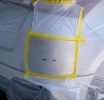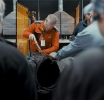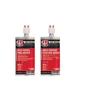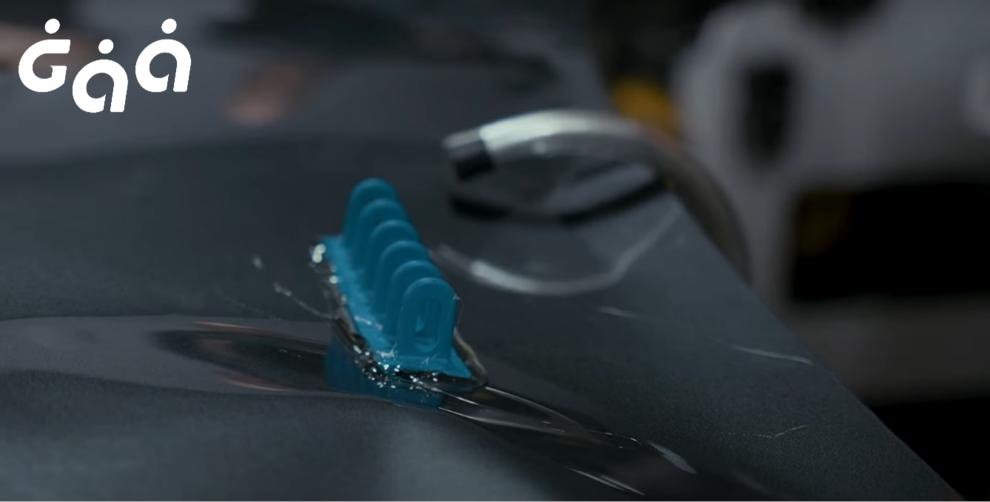Collision
SMART Repair: A Targeted and Sustainable Approach
Recognizing Low-Impact Repair Methods
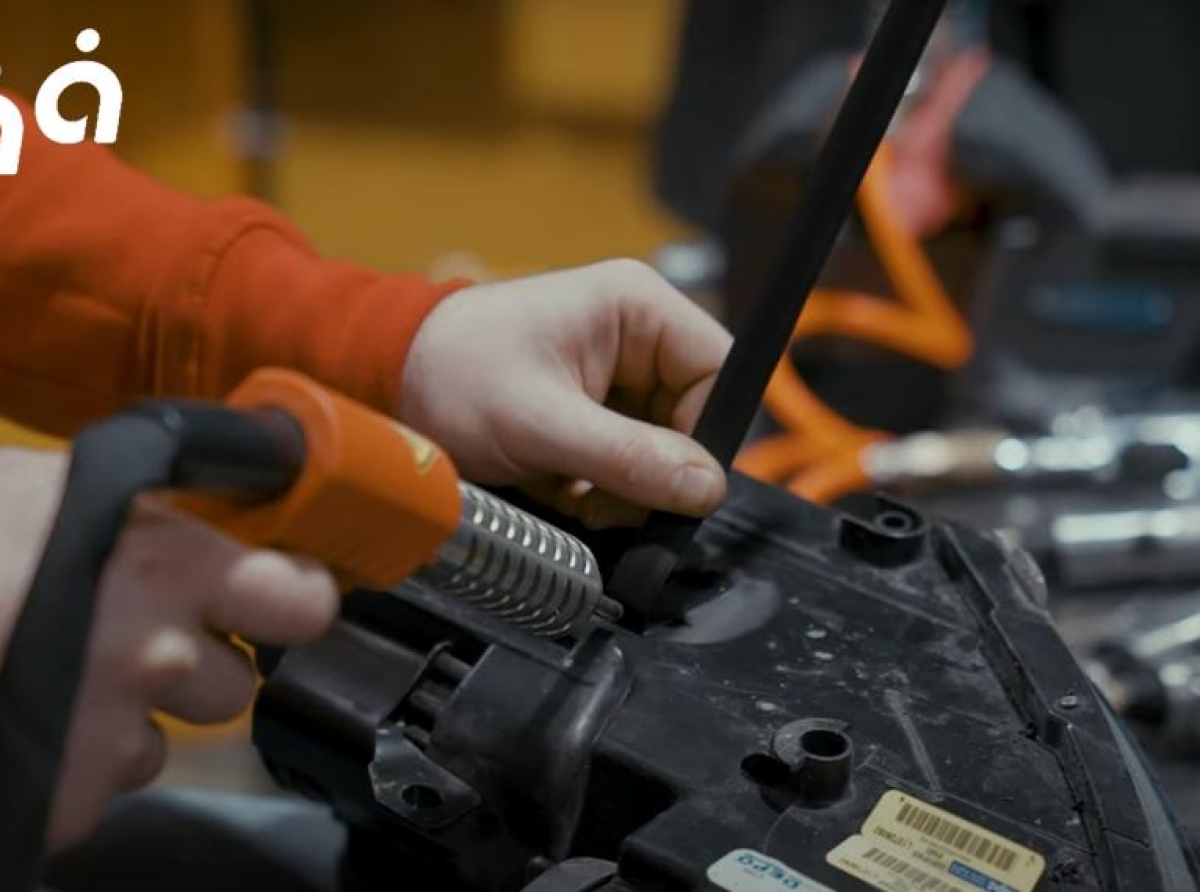
Today, in light of growing environmental concerns, new criteria must be taken into account such as the use of innovative repair and straightening tools for damaged parts. This is especially important for damage estimators, whose role is to assess vehicle damage and recommend repair methods that are both safe and economically viable.
Reducing part replacement
To quickly and effectively reduce our environmental footprint, the first priority must be to reduce consumption, particularly in the replacement of parts.
« La pièce qui a le moins d’impact sur l’environnement est celle qu’on ne remplace pas. »
Numerous studies have quantified the environmental toll of manufacturing automotive replacement parts. From raw material extraction and processing, to manufacturing, shipping, and recycling the old part, replacing a damaged car door can generate up to 100 kg of CO₂ equivalent (CO₂e) depending on materials used. In contrast, a repaired (straightened) body panel emits an average of just 3 kg CO₂e, a 97% reduction in emissions.
Plastic Components
According to Sécurité et réparation automobiles (SRA), manufacturing a plastic component, such as a modern LED light, can generate up to 48 kg CO₂e due to their complexity and embedded electronics. Yet, with the right techniques, these parts are often highly repairable. Unfortunately, components like trim clips, tailgate panels, or lighting assemblies are too often replaced by default.
The Impact of Paint
Paint is also a major source of pollution. A study by Allianz’s AZT laboratory found that painting a single panel, including emissions from application and drying, can release 17 kg CO₂e. This is an important figure to consider when paint blending or colour matching can be avoided.
Paintless Dent Repair (PDR)
Where the most substantial gains can be made is in the adoption of paintless dent repair (PDR) techniques. These methods often yield excellent results while offering cost, quality, and cycle-time advantages for insurers and repairers. Most importantly, they drastically reduce pollution, fewer parts are manufactured, shipped, painted, or recycled, and the original paint is preserved.
Recently, the GAA conducted a field test on a vehicle with side panel damage. The doors and side panel were dented, but the paint was intact. An initial damage estimate was done using traditional repair methods, followed by one using PDR. The result was striking: emissions dropped from 188 kg CO₂e with the traditional repair to 10 kg CO₂e using PDR, a 95% reduction.
Promoting training and awareness
In recent years, unfortunately, part replacement rates have surged. In response, the GAA developed a training program in 2024 to raise awareness of new technologies, as straightening tools and repair techniques for body panels have evolved significantly.
To support our industry’s ecological transition, we must broaden our mindset and recognize less polluting alternatives.
Resource Link: https://estimation.gaa.qc.ca/

L'Automobile Magazine
News
Business Directory



 En
En  Fr
Fr 